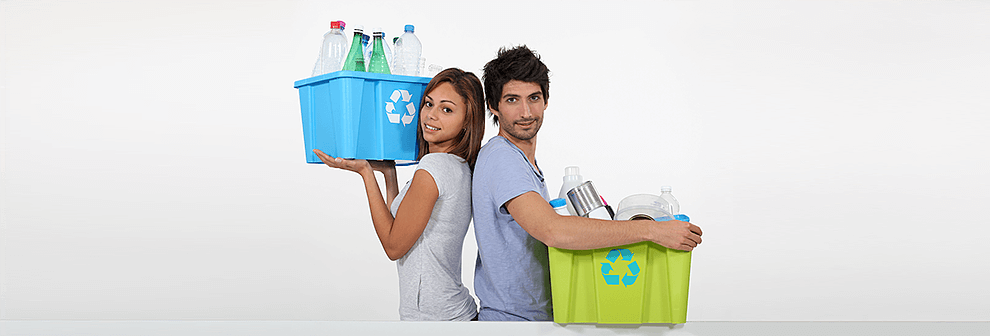UK Recycling: Where Do We Stand?
Posted on 01/08/2024
In recent years, there has been a growing awareness about the need for sustainable living and reducing our impact on the environment. And one crucial aspect of this is recycling. The United Kingdom has made great strides in its recycling efforts, but there is still much work to be done. In this article, we will take a closer look at where the UK stands in terms of recycling and what we can do to improve.
Current State of Recycling in the UK
The UK has set an ambitious target of recycling 50% of household waste by 2020. While progress has been made, the latest statistics from DEFRA (Department for Environment, Food and Rural Affairs) show that only 45.7% of household waste was recycled in 2018.
One of the main reasons for this is that many local councils have different recycling systems, which can be confusing for residents. This often leads to contamination of recyclable materials, making them unsuitable for recycling and ending up in landfills instead.
Additionally, some areas have better access to recycling facilities than others, leading to uneven recycling rates across the country. For example, London has a recycling rate of only 32%, while Wales has reached an impressive rate of 63%.

The Pros and Cons of Recycling
Recycling has many benefits both for the environment and the economy. By reducing the amount of waste sent to landfills, we can preserve natural resources and reduce pollution. Recycling also creates jobs in industries such as waste management and helps to promote a circular economy.
However, there are also challenges associated with recycling. One major issue is contamination of recyclable materials, which can increase processing costs and decrease their value. Another concern is that not all materials are easily recyclable, such as single-use plastics.
Tips for Improving Recycling Practices
While there are challenges to overcome, there are also steps we can take to improve recycling in the UK. The first and most important is education. Properly educating individuals and households on what can and cannot be recycled, as well as how to properly sort recyclables, can greatly reduce contamination rates.
Another crucial step is standardization of recycling processes across the country. This will not only make it easier for residents to know what can be recycled but also streamline recycling operations and reduce costs.
Individuals can also play a role by reducing their overall waste and purchasing products with minimal or sustainable packaging. Companies can also do their part by using eco-friendly materials and implementing recycling schemes within their organizations.

Takeaways
The UK has come a long way in its recycling efforts, but there is still much room for improvement. By working together, we can achieve the target of 50% household waste recycling by 2020. Some key takeaways to keep in mind are:
- Education is crucial for successful recycling
- Standardized processes can make recycling more efficient
- Individuals and companies both have roles to play in reducing waste
Conclusion
In conclusion, the UK's current recycling rate of 45.7% is a step in the right direction, but there is still much work to be done. By addressing issues such as contamination and standardization, we can continue to improve our recycling efforts and move towards a more sustainable future. Let us all do our part in reducing waste and promoting a circular economy in the UK.






